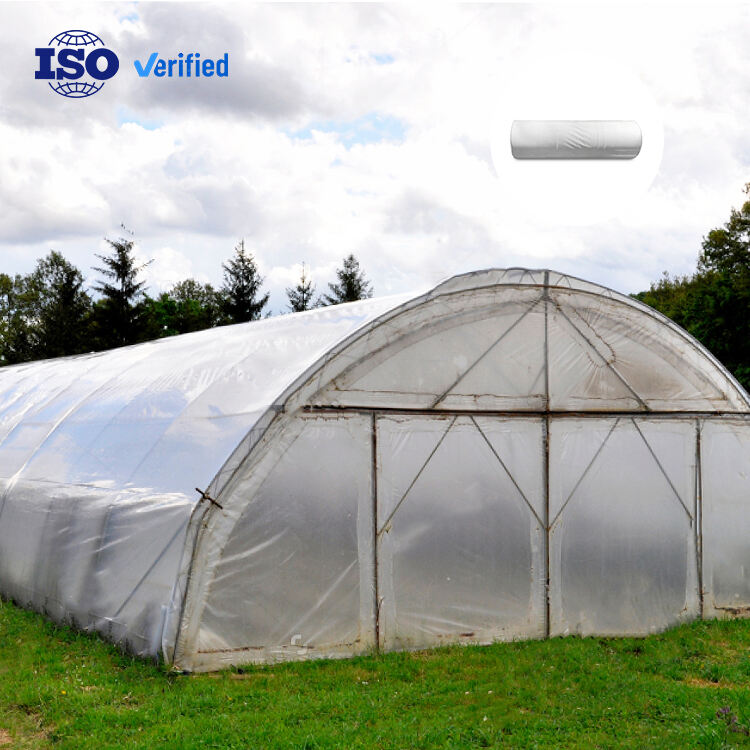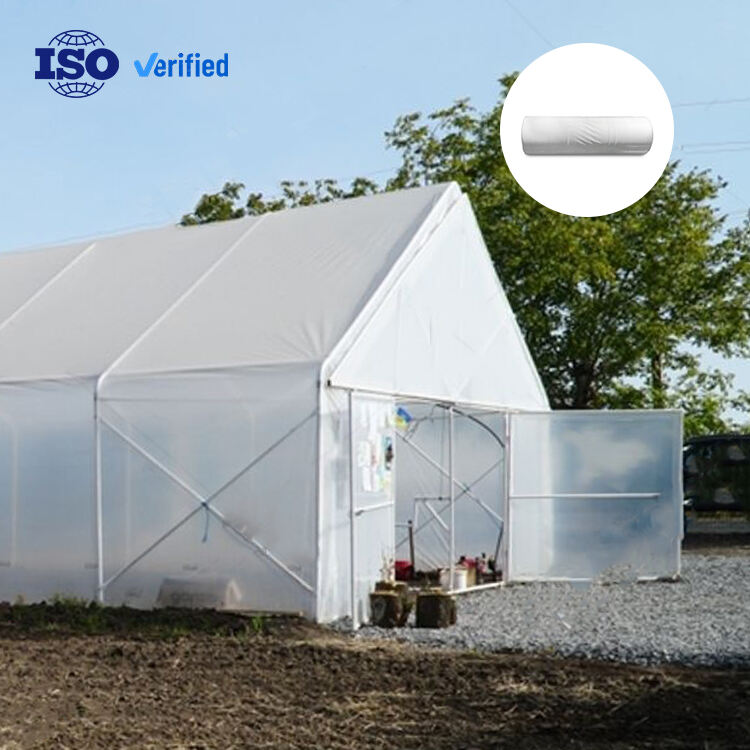heat shrink film price
Heat shrink film price represents a crucial consideration in packaging solutions, reflecting the balance between cost-effectiveness and performance. These specialized films, designed to contract when exposed to heat, offer versatile packaging solutions across various industries. The pricing structure typically varies based on factors such as film thickness (ranging from 15 to 100 microns), material composition (PVC, POF, or PET), and quantity ordered. Modern heat shrink films incorporate advanced technological features, including enhanced clarity, superior shrink ratios (up to 65%), and improved tear resistance. The price point also reflects the film's ability to provide exceptional product protection while maintaining visual appeal. Applications span from food packaging and beverage bundling to industrial equipment protection and retail display packaging. The market offers different grades at varying price points, accommodating both budget-conscious consumers and those requiring premium quality for specialized applications. Current pricing trends show competitive rates for standard polyolefin films, while specialty films with enhanced properties command premium prices. The cost-benefit analysis typically favors heat shrink films due to their efficient material usage and reduced packaging waste.


